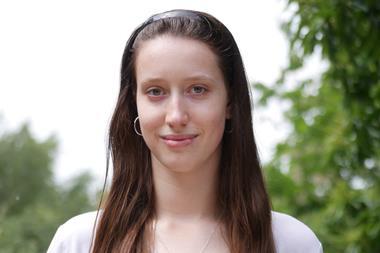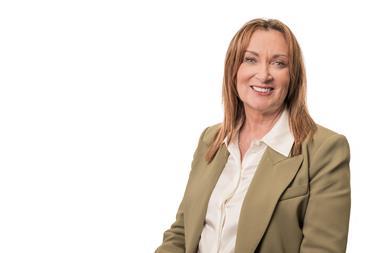David Fanning looks at the long-term prospects for those interested in the world of loss adjusting....
Although loss adjusting is hard work, the rewards can be good, with the added bonus of working overseas on permanent or temporary assignments. And according to Graham Cave of the Chartered Institute of Loss Adjusters (CILA), despite consolidations and takeovers in the profession, long-run prospects are good.
"Although a few members have been made redundant through mergers or acquisitions, there are new firms setting up all the time. Also, loss adjusters are going into business on their own or in conjunction with others," he says.
Within loss adjusting firms, there is a widening variety of specialisms. Marc Donfrancesco, marketing manager at Property & Casualty Services (PCS), says that the work is now about much more than just assessing the cost of a fire loss or a travel mishap.
"For instance, we do a lot in health and safety training and consultancy, and we have one of the largest personal injury rehabilitation teams around. Alongside specialist liability teams and material damage adjusters, we have a strong forensic accounting group and a growing investigations unit, tracing witnesses, taking statements, and so on," he says.
What Donfrancesco emphasises is the necessity for properly trained professional staff who pride themselves on their objectivity and standards.
Cave says that training is a mixture of practical on-the-job experience and a number of written examinations. Chartered loss adjusters, either associates or fellows of CILA, have often started out in some other profession – such as surveying, engineering, accountancy, the law – although the most common route is from insurance.
Claims handlers and managers are increasing in numbers, with the continuing growth in outsourced and call centre operations, and CILA is promoting a specialist qualification for those staff. Associate membership of The Society of Claims Technicians (SCT), a subsidiary of CILA, is gained through written tests and practical experience and can be a useful gateway to CILA's associateship examinations.
The initiative has been welcomed by the large loss adjusters. For instance, Cunningham Ellis & Buckle plans to encourage around 400 of its staff to aim for an SCT qualification over the next year or so. "When we were all adjusters," says CEB's Kevin Larman, "there was a straightforward career path from trainee to managing director, and most of the training was technical.
"Now that the business has grown in so many other directions, we have to address the needs of the in-house people who don't all want to be loss adjusters." CEB's training programmes provide both technical education and career development, including preparation for customer relationship management, team leadership, and other roles.
Adjusting a claim can range from dealing with the smoke and water damage after a chip-pan fire to the financial aftermath of a rail crash. Working out an insurer's proper liability can be a daunting task, particularly nowadays when the kinds of risk underwritten have broadened considerably and the pressures for speedy and unrestricted settlements are intensifying steadily.
Keeping a cool head when everyone else is rushing about in a state of shock or panic is clearly a prime attribute for an effective loss adjuster. But what else is needed?
Personal and professional integrity and the ability to inspire and justify trust and confidence are essential qualities. An adjuster needs sharp powers of observation and the ability to assimilate information quickly in any situation, together with good relationship skills.
"The adjuster should be able to communicate well with people of widely differing backgrounds," says Cave, "and must have the ability to express an enquiry's results concisely and grammatically."
It will also help to be able to react speedily to urgent situations and to be prepared to work outside normal office hours under all kinds of conditions.
Hosted by comedian and actor Tom Allen, 34 Gold, 23 Silver and 22 Bronze awards were handed out across an amazing 34 categories recognising brilliance and innovation right across the breadth of UK general insurance.













































